Free Ship Over $75
15% OFF First Order
-
Shop
NEW & NEATURED
SHOP BY HEALTH BENEFITS
-
About Us
-
Shop
NEW & NEATURED
SHOP BY HEALTH BENEFITS
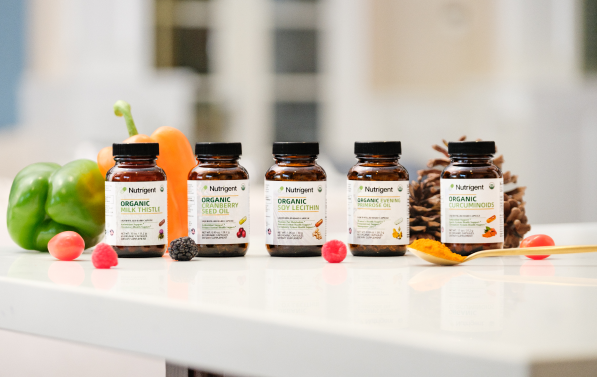
-
About Us
Free Ship Over $75
15% OFF First Order

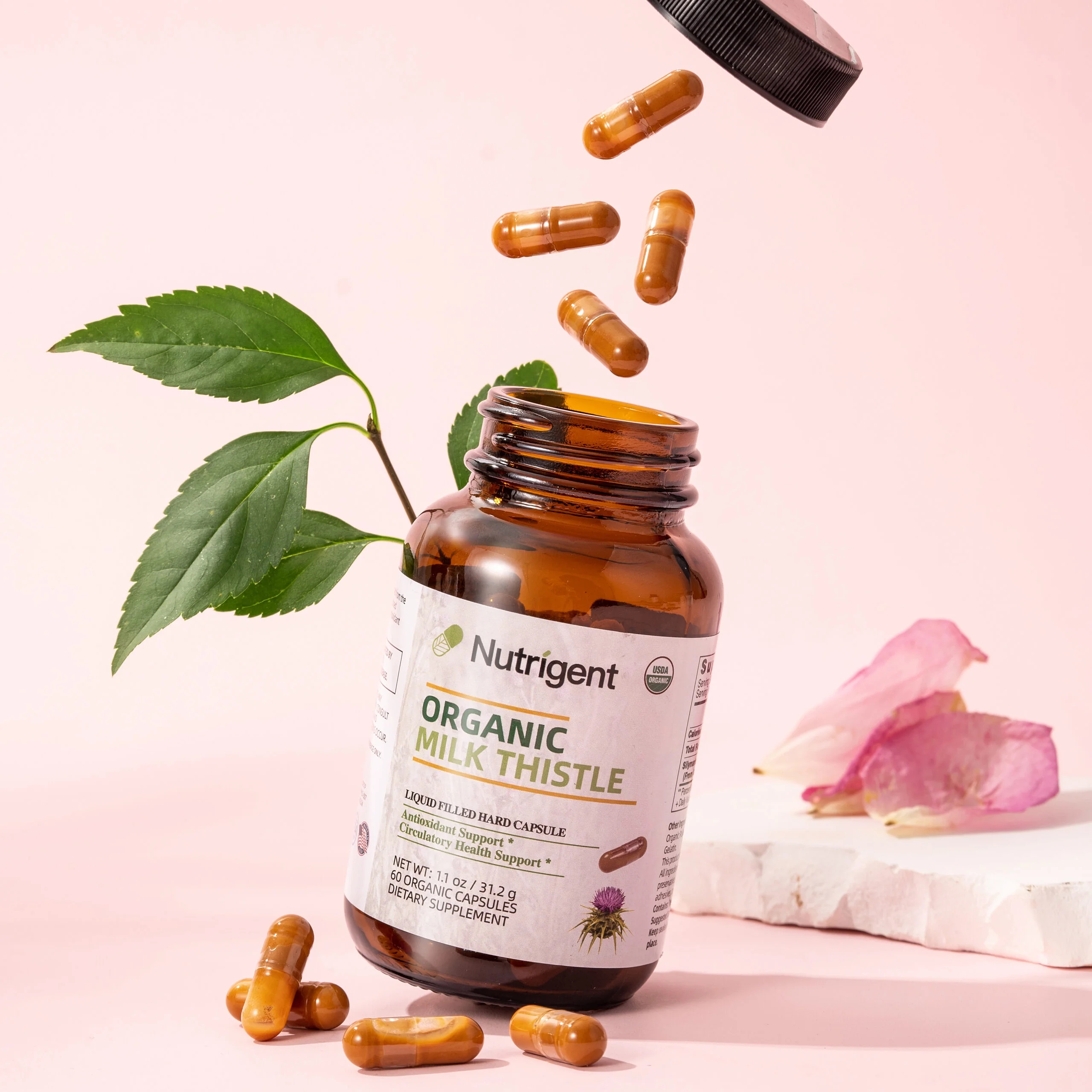
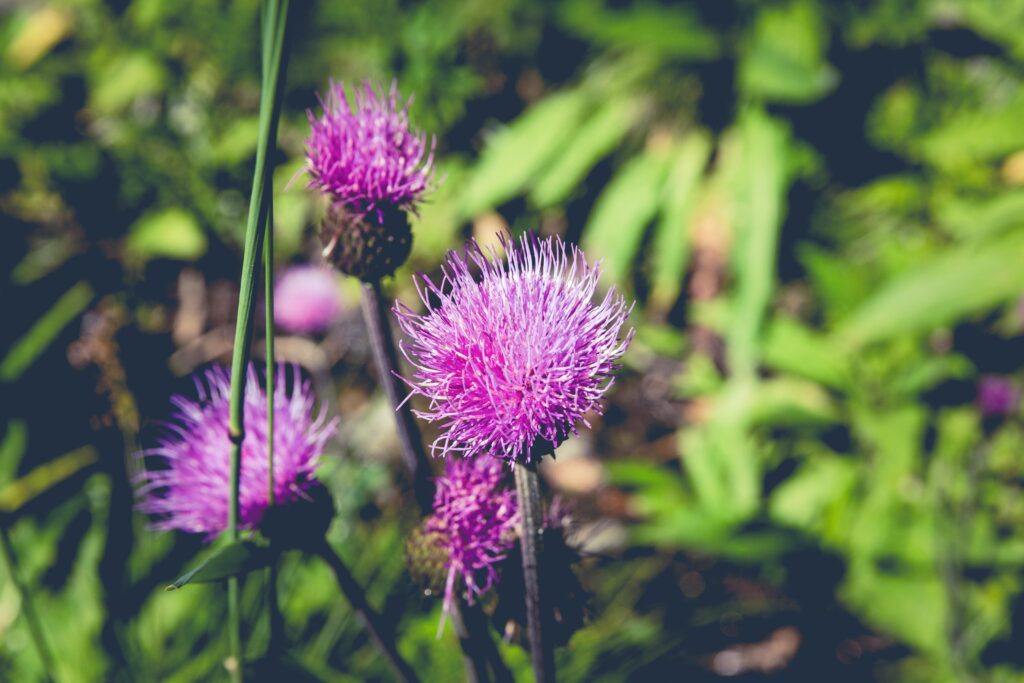
Legend has it that a drop of the Virgin Mary’s milk fell to the earth and left white streaks on a plant, creating an eternal mark. Thus, this plant was bestowed with the beautiful name “Milk Thistle,” a name passed down for millennia.
Along the Mediterranean coast in the 1st century BC, the salty sea breeze mingled with the fragrance of wildflowers. Greek physician Dioscorides, wandering through the wilderness, discovered a thorny plant bearing purple flowers — Milk Thistle. He recorded that its seeds could “detoxify the liver,” a finding later included in De Materia Medica, which became a classic prescription for treating jaundice and liver diseases throughout medieval Europe.

In the distant era of ancient Greece, milk thistle acted like a mysterious herbal spirit, quietly safeguarding people’s health.
During the Renaissance, Venetian merchants brought this enigmatic plant into European courts. Monks ground the seeds into golden-brown powder with mortars and brewed a golden medicinal extract in clay pots to treat liver diseases. Hildegard of Bingen left behind formulas for treating “black bile” in her monastery manuscripts.
However, it wasn’t until 1968, in a Munich laboratory, that scientists successfully isolated the active ingredient — silymarin, from milk thistle seeds. Science finally unveiled the truth behind the ancient legend: silymarin acts like a microscopic architect, strengthening the walls of liver cells, extinguishing the wildfires of lipid peroxidation, and awakening the regenerative power of dormant liver cells. It has become a “loyal guardian” of liver health, bringing new hope to humanity.

In the 19th century, the German Pharmacopeia was the first to list milk thistle as a liver-protective herb, gradually earning recognition for its medicinal value.
Today, the United States Pharmacopeia has enshrined this gift from nature into a modern standard. Strict quality regulations ensure the efficacy and safety of silymarin, making it one of the frontline natural medicines for treating liver diseases worldwide.
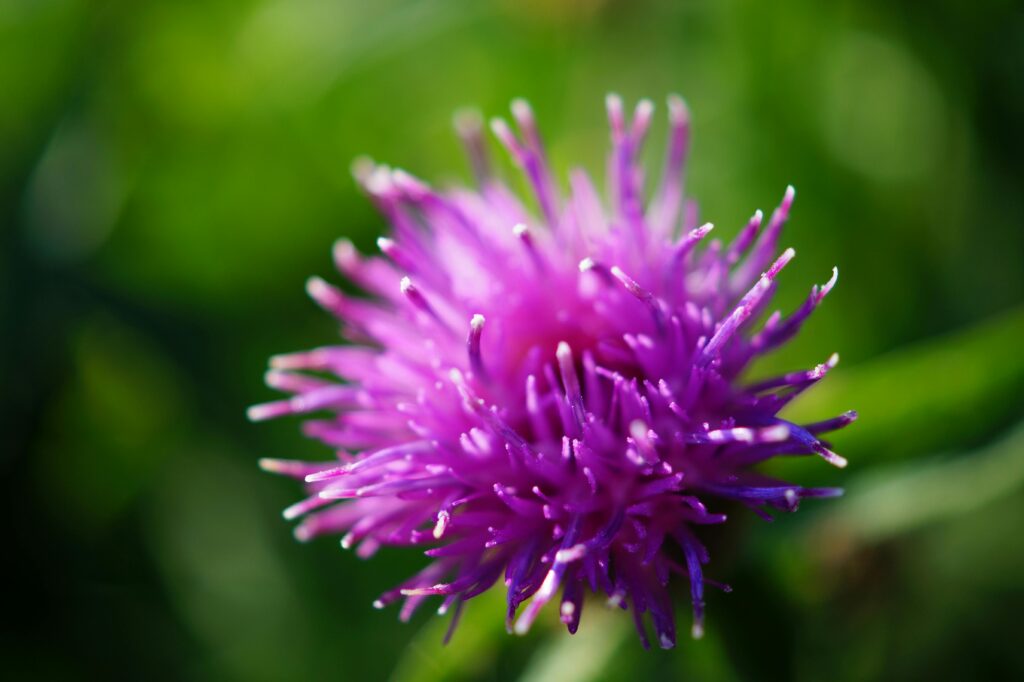
Organic milk thistle is primarily sourced from organic farms along the Mediterranean coast, where ample sunlight and fertile soils create ideal growing conditions. The seeds are carefully selected to remove pests and impurities. Ultrasonic technology helps release more of the seed’s beneficial compounds. After processes of concentration, purification, and drying, a high-quality powder rich in silymarin is obtained.
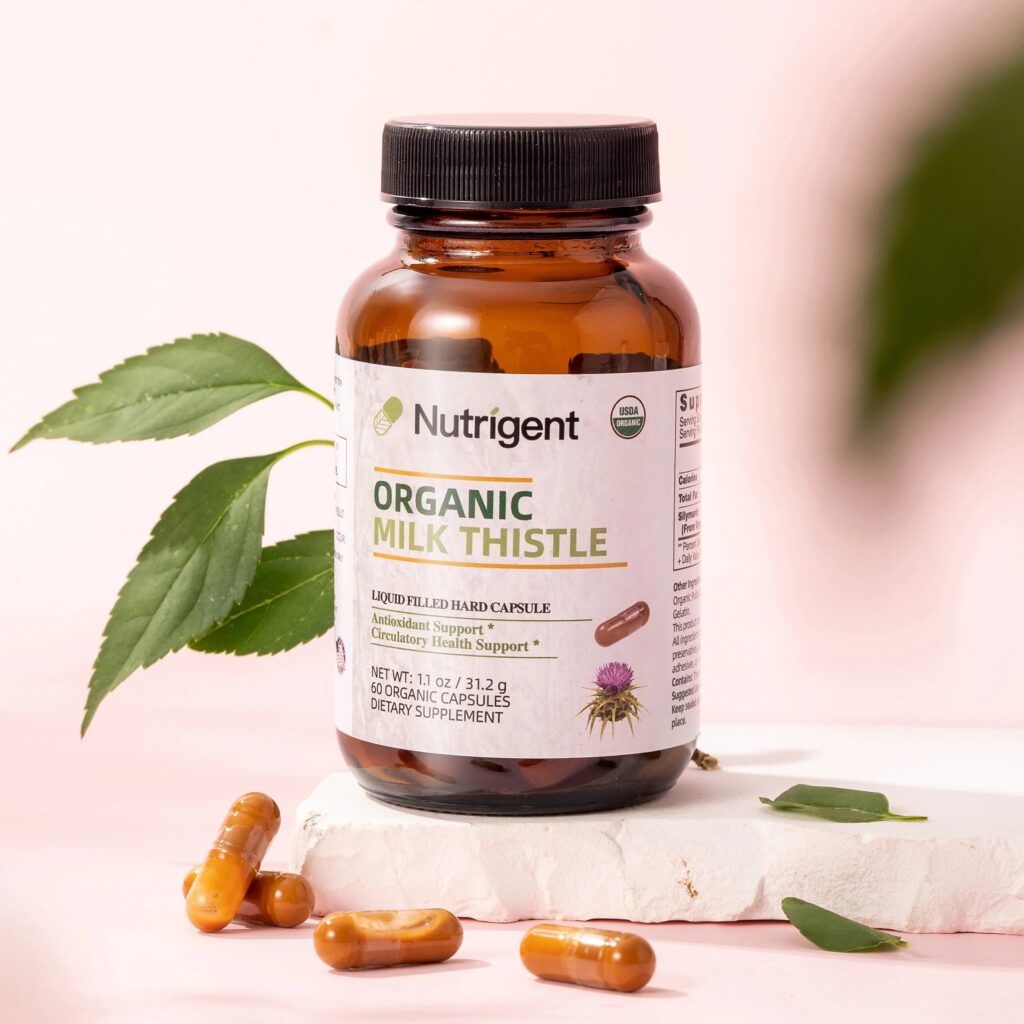
When the badge of organic certification is imprinted on each capsule, a covenant spanning time and space is formed. The cultivation of organic milk thistle strictly prohibits the use of synthetic pesticides, chemical fertilizers, and growth regulators, allowing the earth to heal from chemical damage, leaving only earthworms composing ecological poetry in the humus. This ensures the purity and natural quality of the raw material, offering consumers the safest and healthiest products.
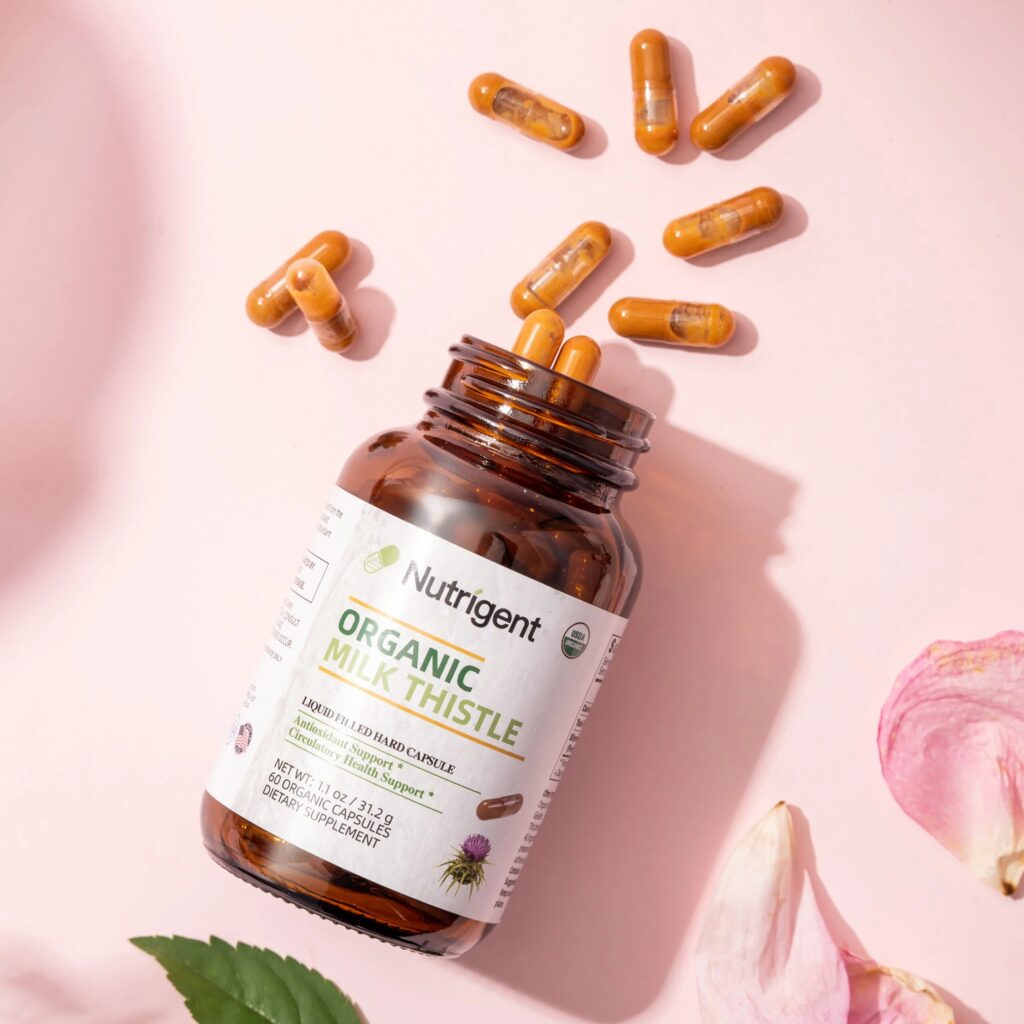
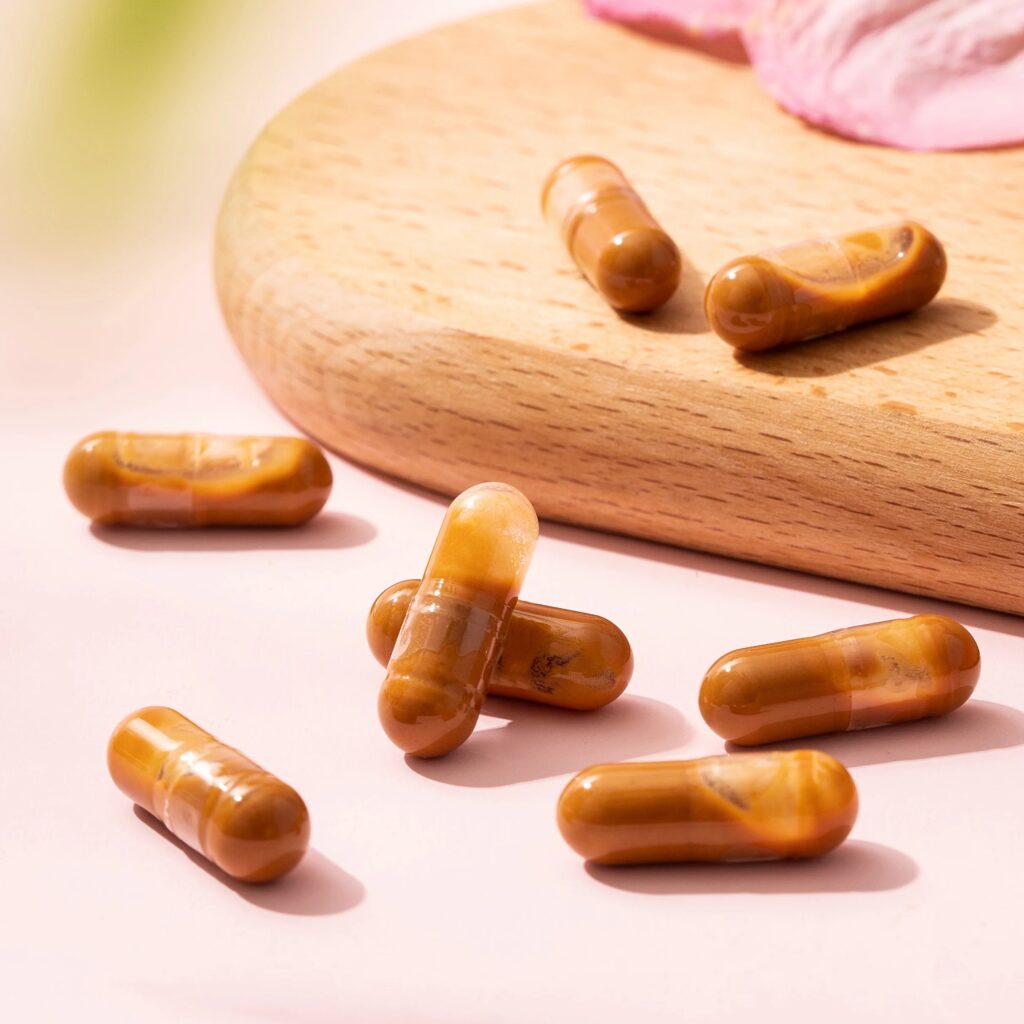
Through millennia, milk thistle has remained the “loyal guardian” of the liver. Organic milk thistle capsules, blending ancient wisdom with modern technology, carry forward the original intention of Dioscorides. Today, they have become a popular choice for those seeking to improve their health. Each capsule embodies respect and care for life, silently guarding us like a faithful sentinel, helping us maintain a healthy body amidst the hustle and bustle of modern life.
* THESE STATEMENTS HAVE NOT BEEN EVALUATED BY THE FDA. THIS PRODUCT IS NOT INTENDED TO DIAGNOSE, TREAT, CURE, OR PREVENT ANY DISEASE.
Customer Support: If you have any questions or need assistance, please contact our customer service team info@nutrigent.us. Our service hours are Monday to Friday, 9:00 AM to 5:00 PM.
DISCLAIMER: *These statements and any claims made about specific products on or through this site have not been evaluated by the Food and Drug Administration and are not intended to diagnose, treat, cure, or prevent any disease. This site is not intended to provide diagnosis, treatment, or medical advice, and all content provided is for informational purposes only.*